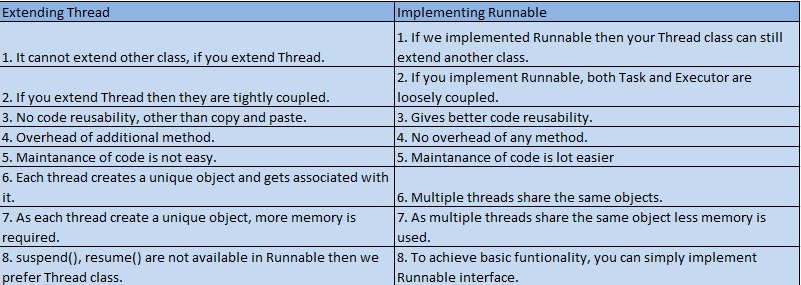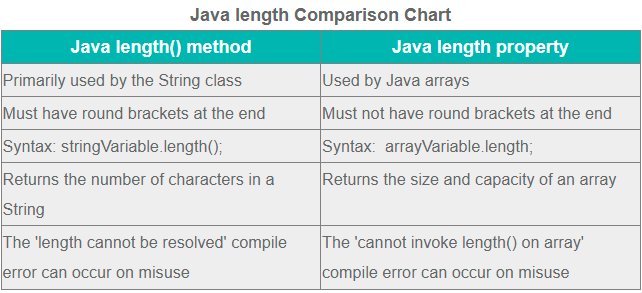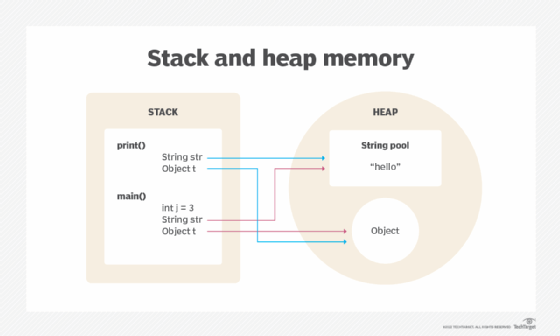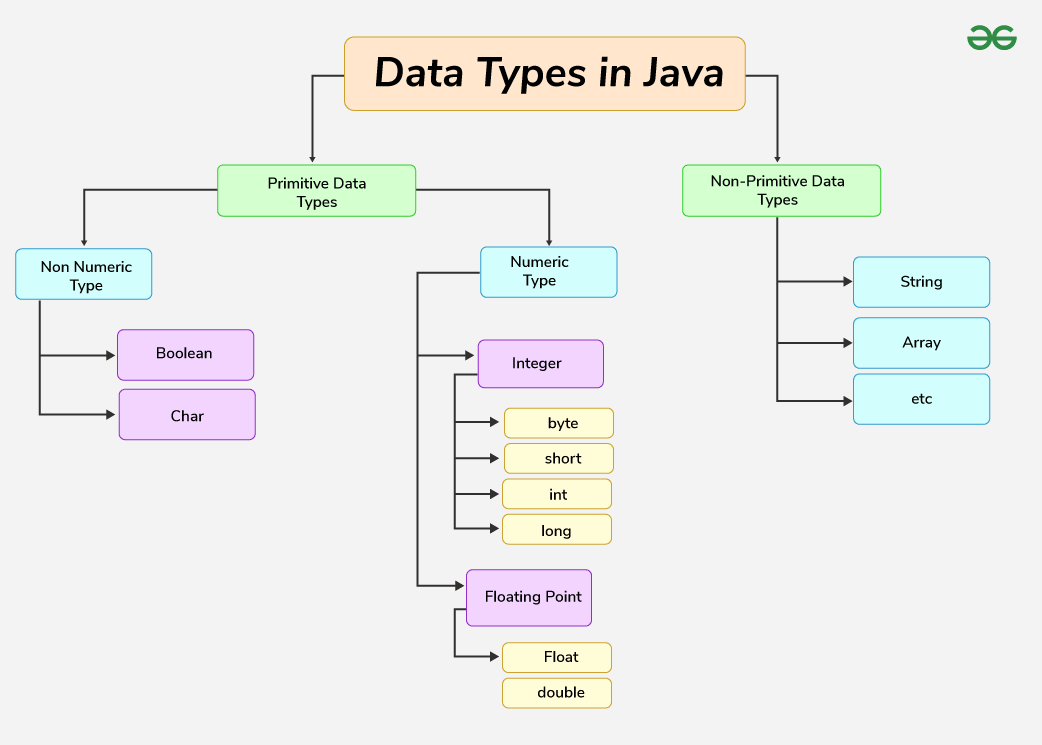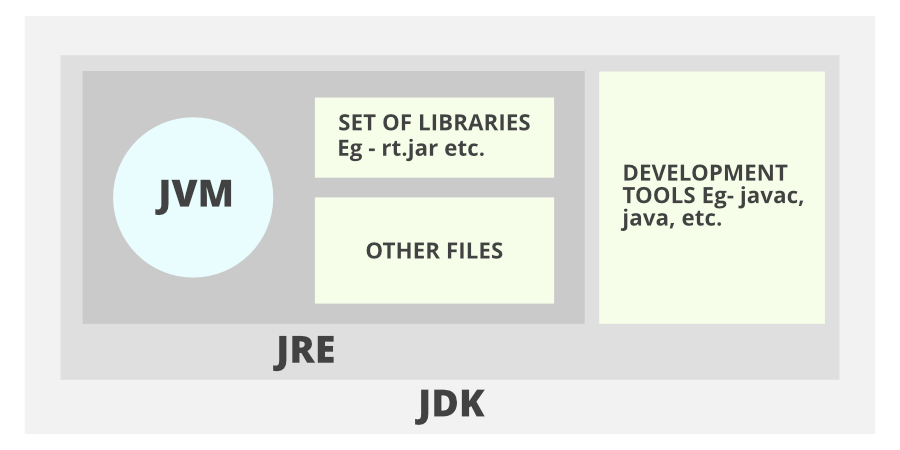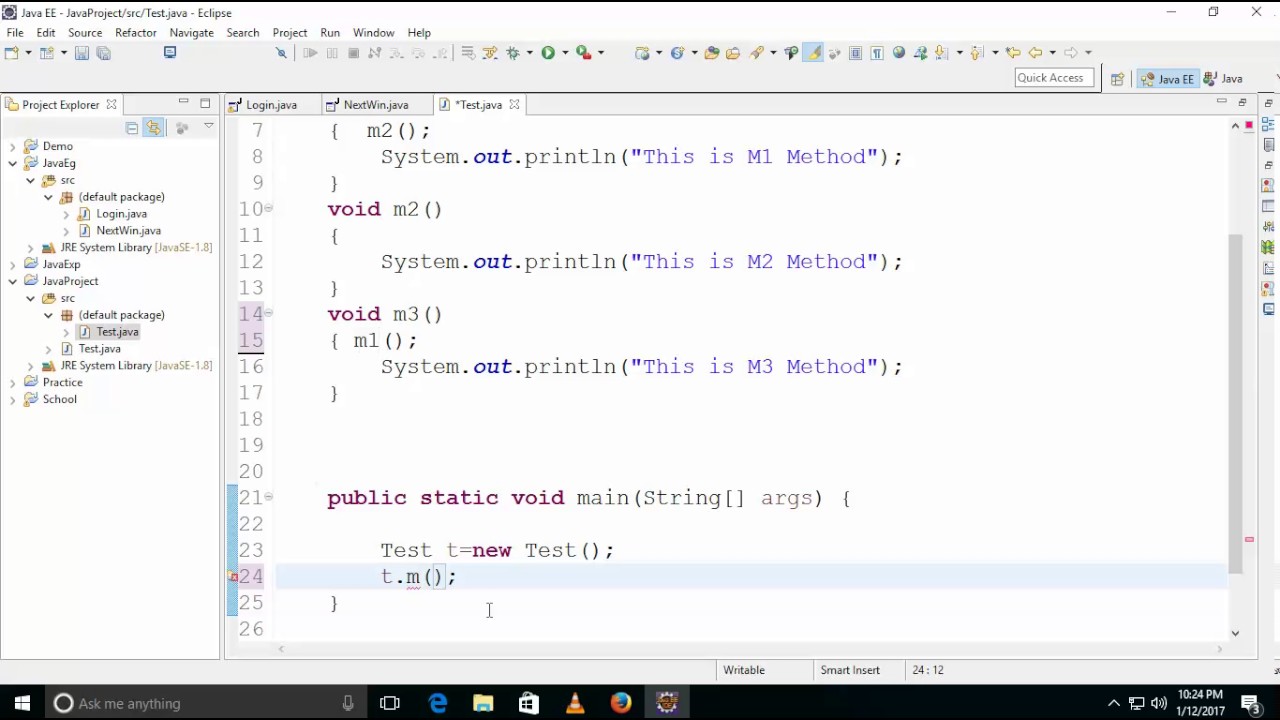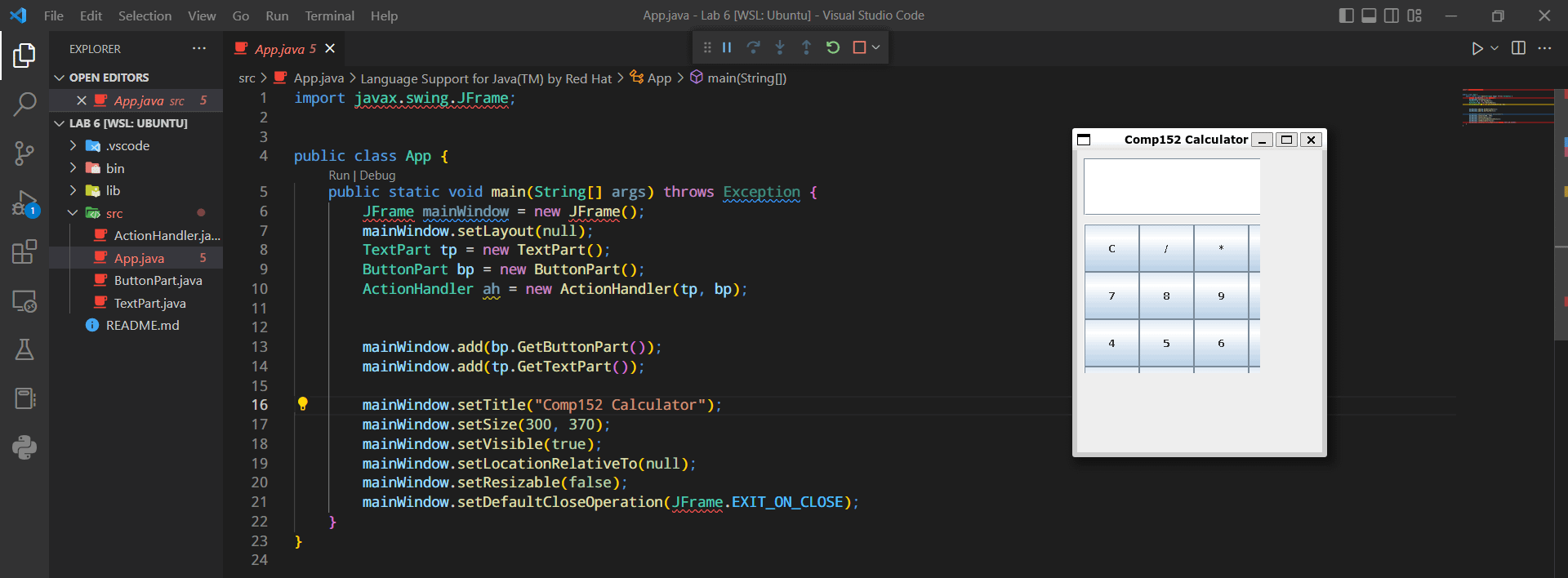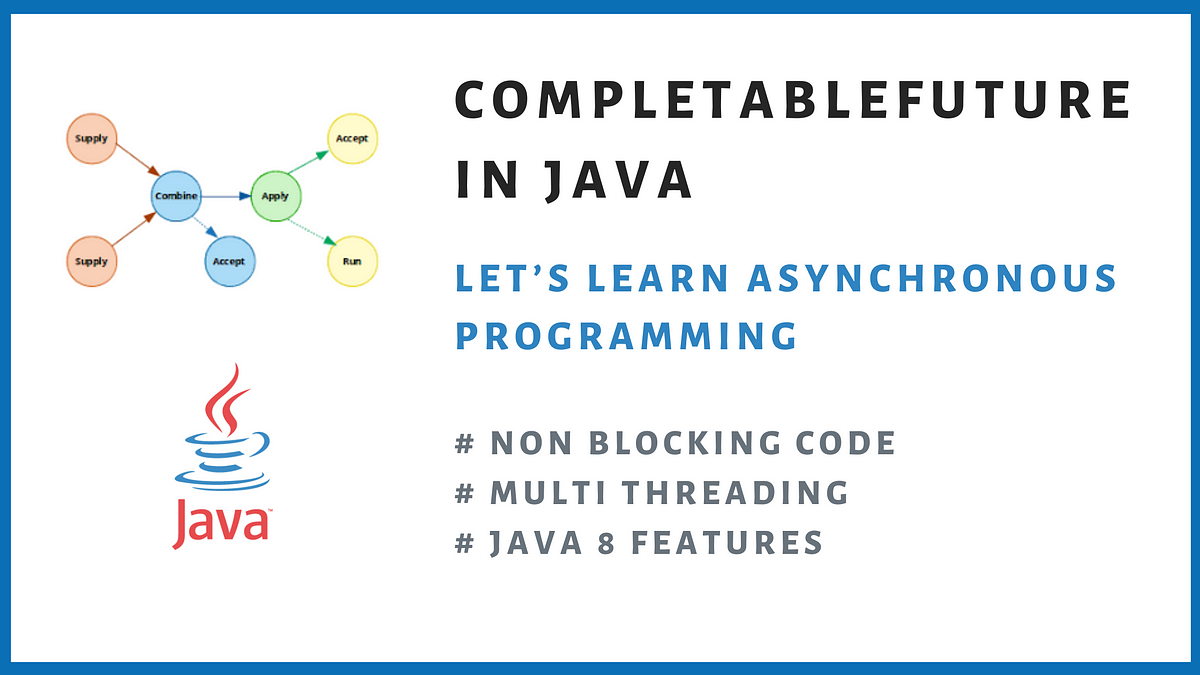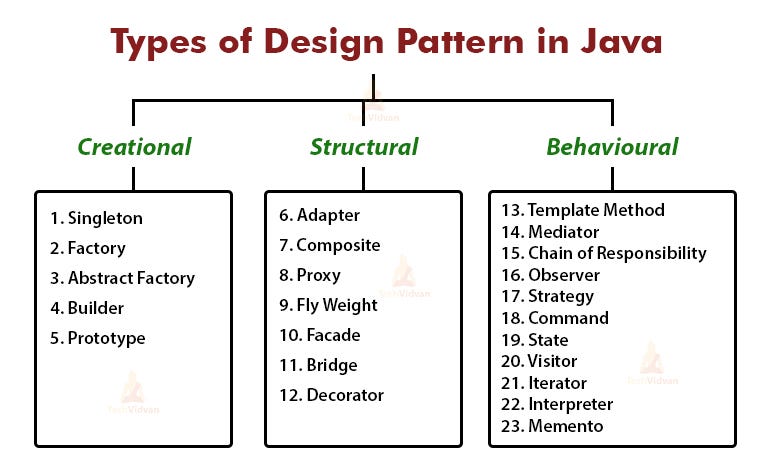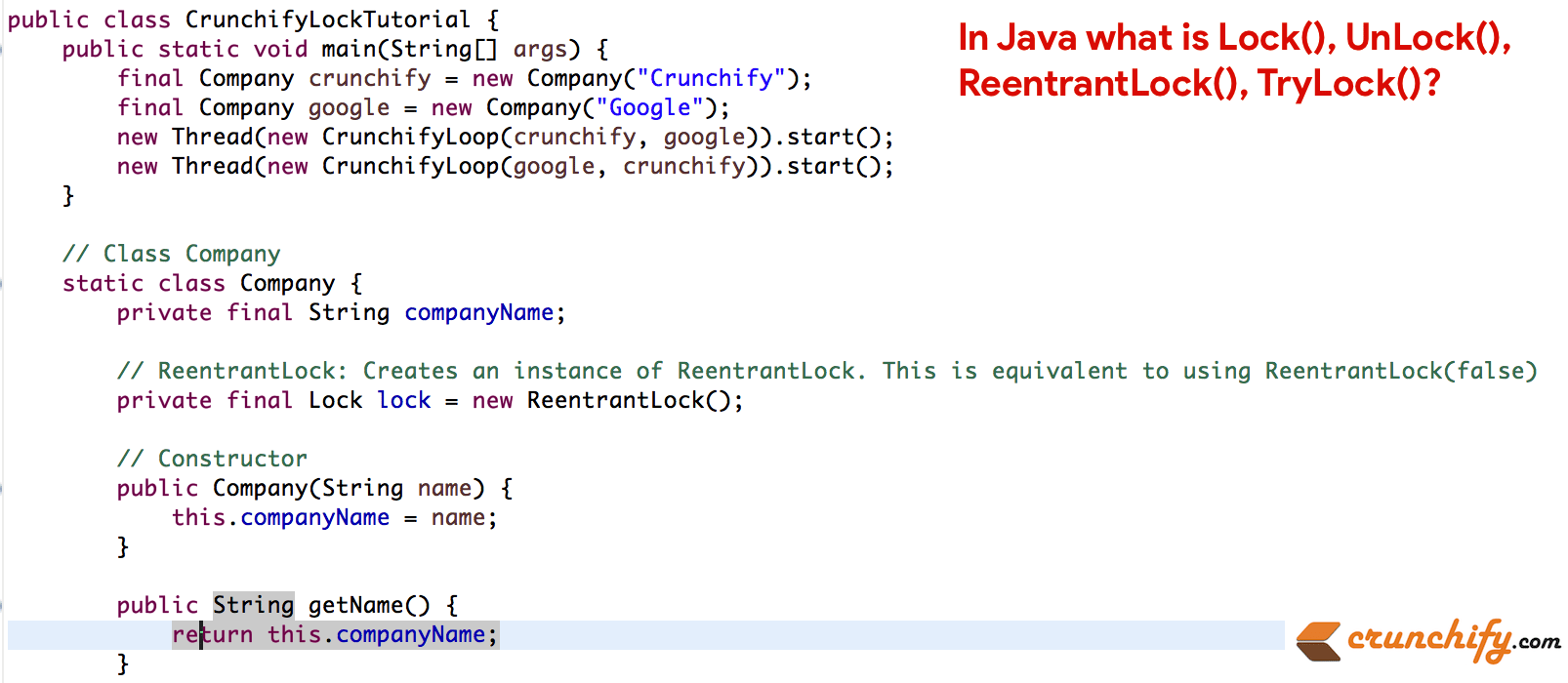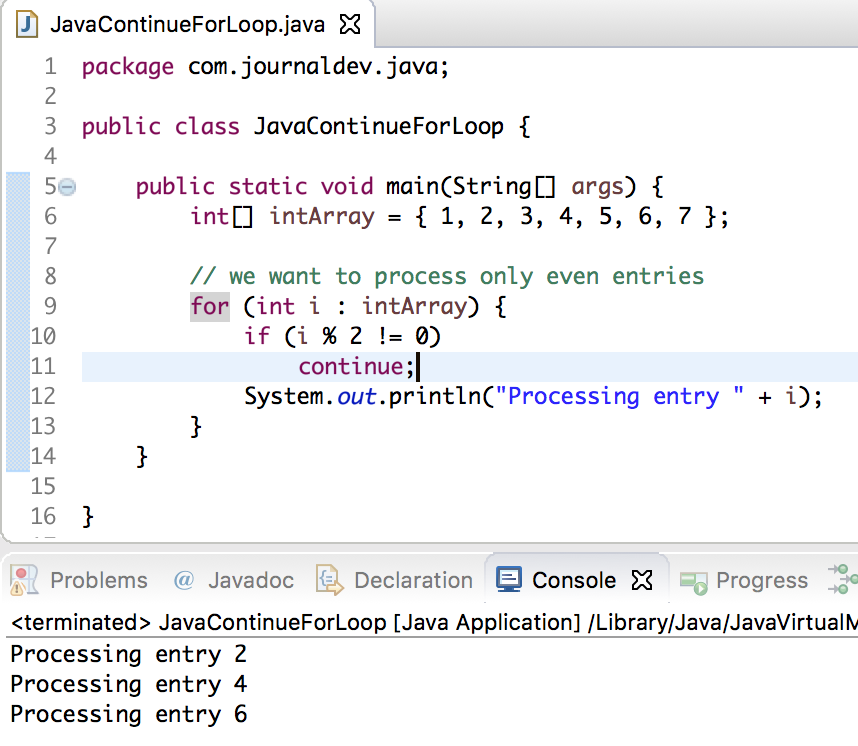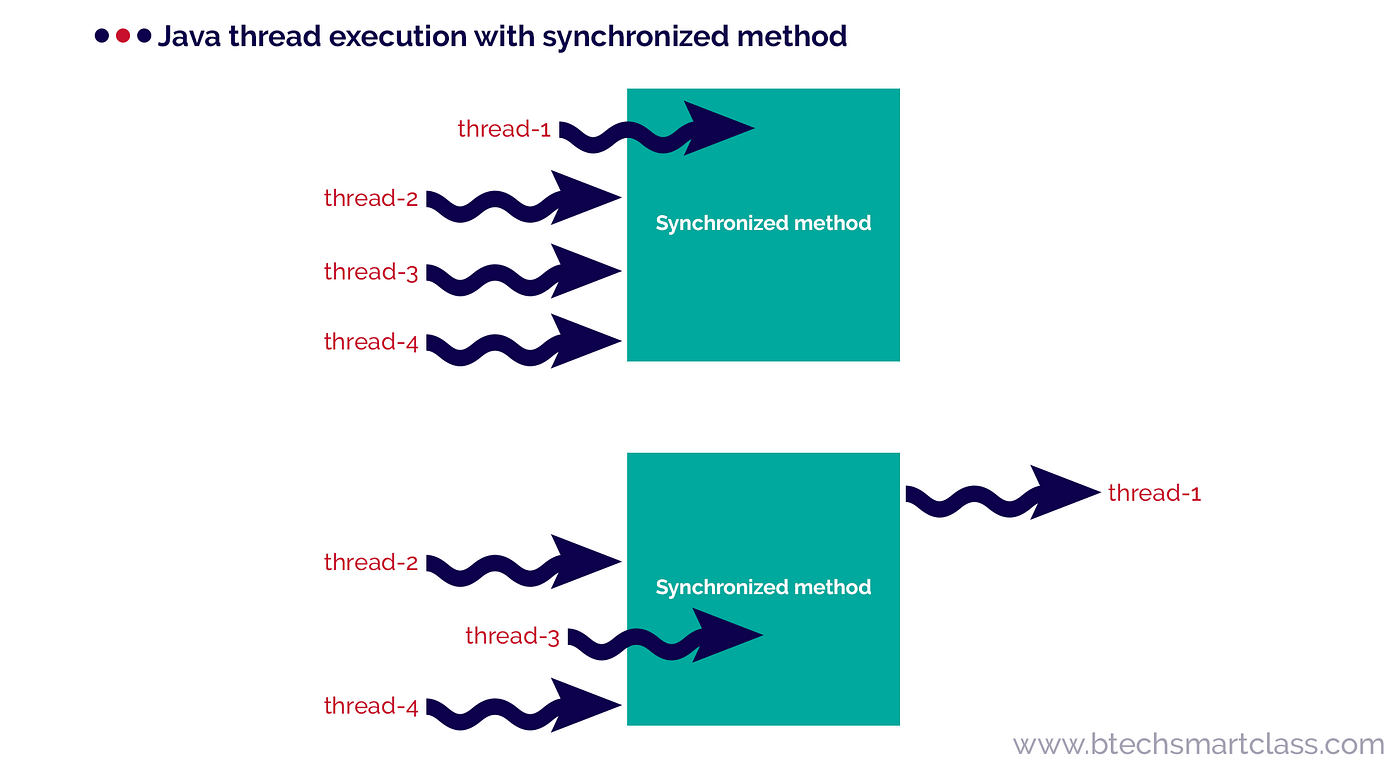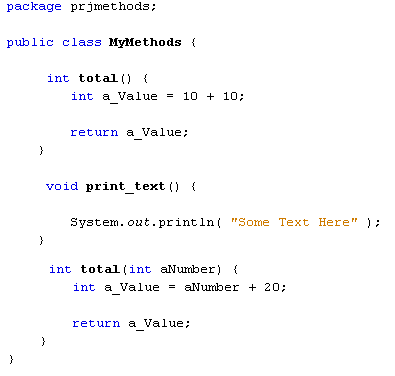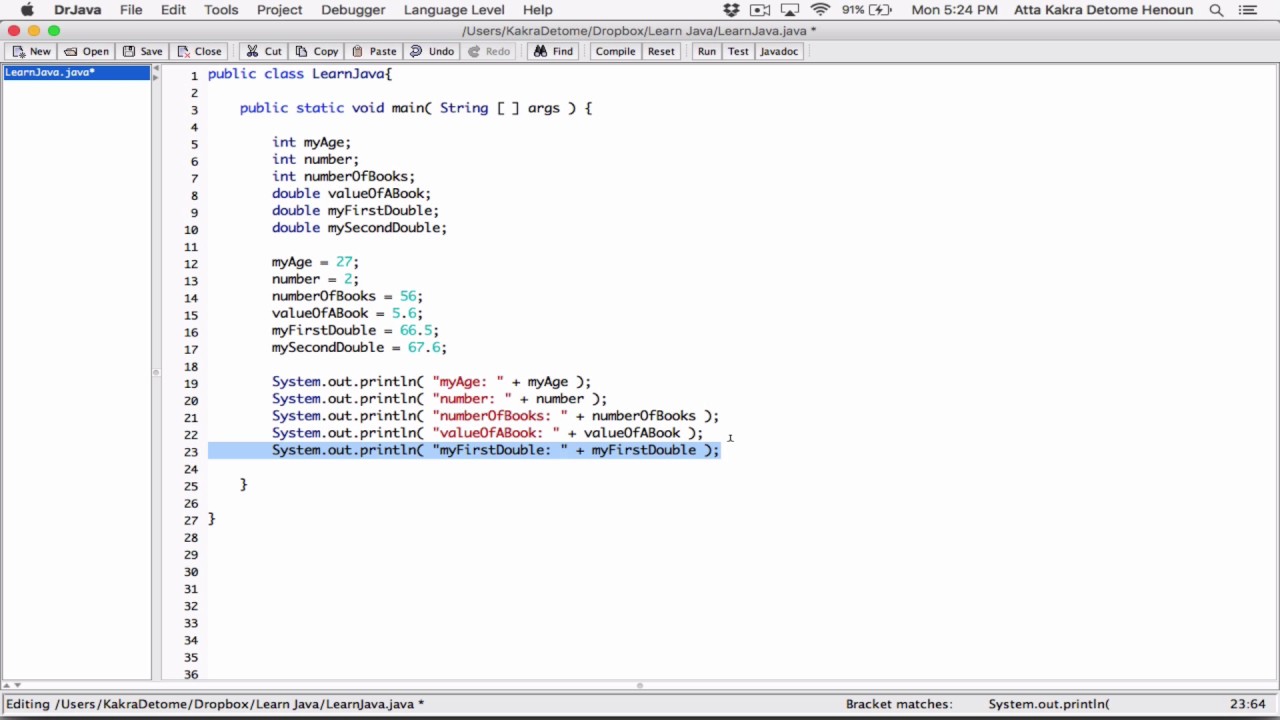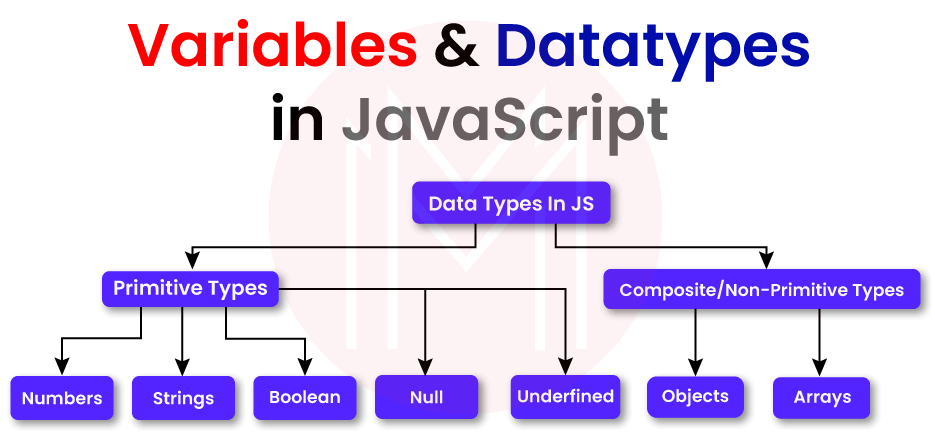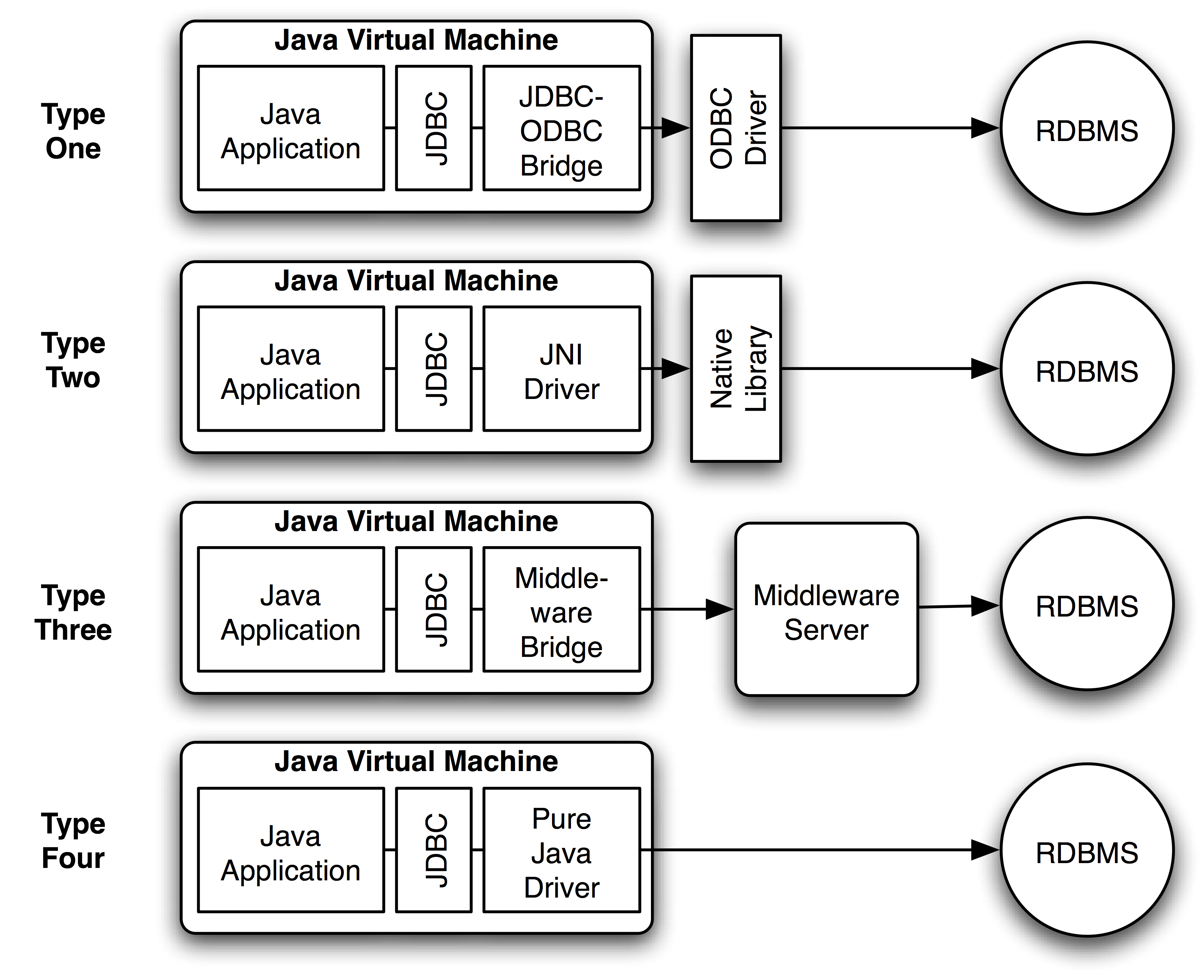Purpose of abstract class in Java
Purpose of abstract class in Java
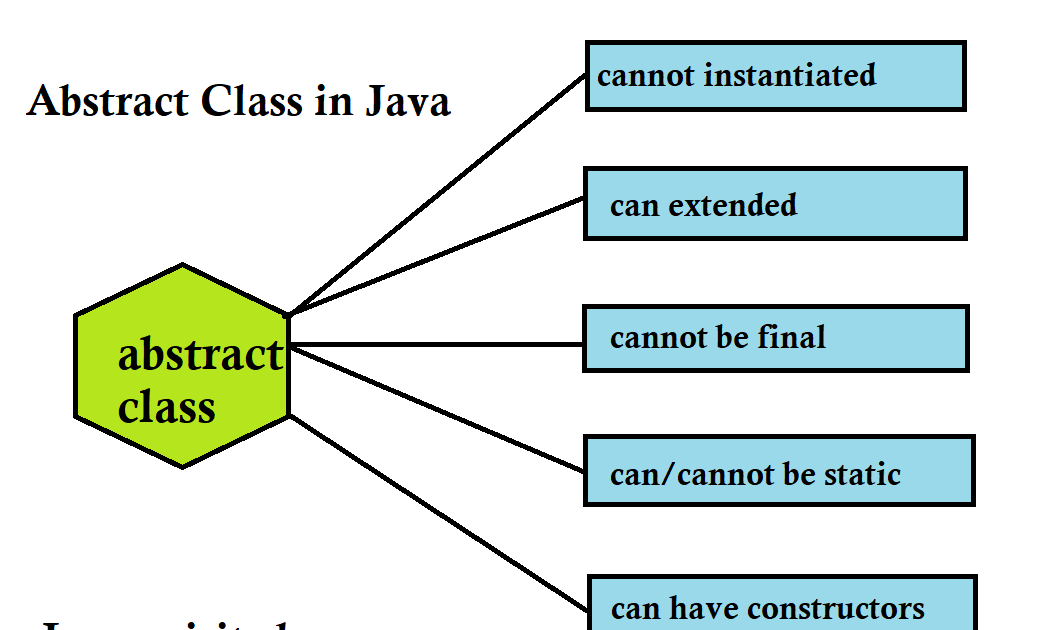
Here's a detailed explanation of the purpose of abstract classes in Java:
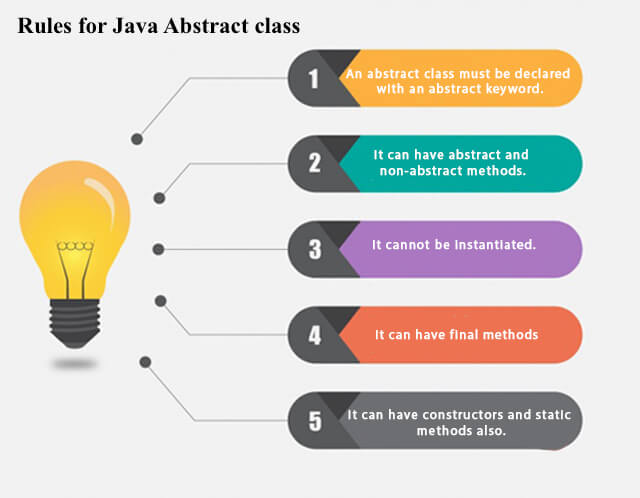
In Java, an abstract class is a class that cannot be instantiated on its own and is meant to be inherited by other classes. The primary purpose of an abstract class is to provide a base class for other classes to inherit from, allowing them to share common attributes and methods.
Abstract classes are useful when you want to create a hierarchy of classes where some classes share common characteristics or behaviors, but not all of them. By defining an abstract class as the parent, you can ensure that any child class inherits its attributes and methods, making it easier to manage and maintain your code.
Here are some key benefits of using abstract classes in Java:
Encapsulation: Abstract classes allow you to encapsulate common behaviors or attributes that multiple subclasses share, without having to repeat them across all the individual classes. Code Reusability: By defining an abstract class as a base for other classes, you can reuse code and avoid duplicating logic across different subclasses. Inheritance Hierarchy: Abstract classes help establish an inheritance hierarchy where child classes inherit from the parent class, promoting cohesion and consistency within your codebase. Method Implementation: You can provide default implementations for methods in an abstract class, allowing child classes to override or modify them as needed. Interface Implementation: Abstract classes can also serve as a base interface, providing a set of common methods that must be implemented by subclasses.When deciding whether to use an abstract class, consider the following:
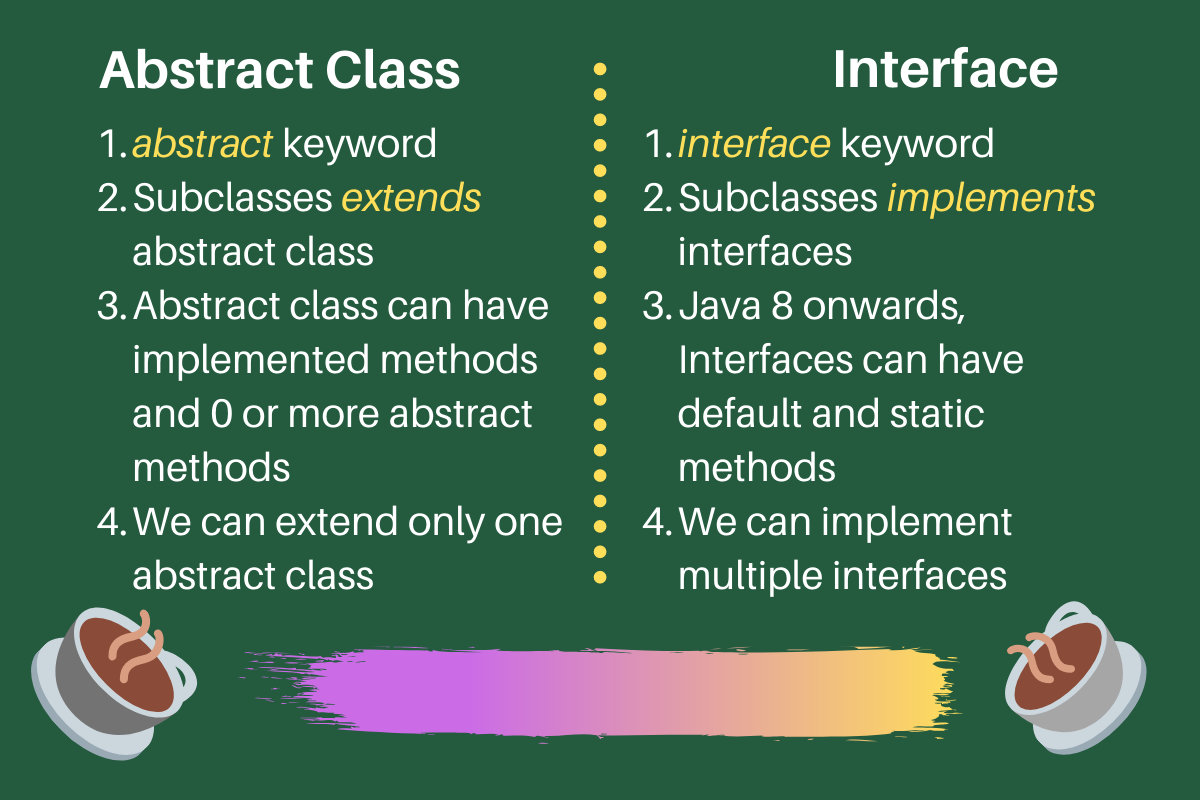
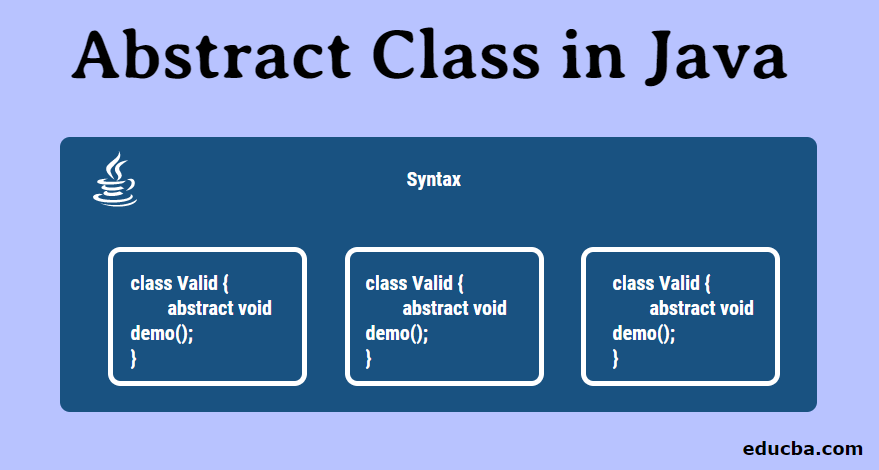
To summarize, abstract classes in Java provide a way to define a base class for inheritance, allowing you to share common attributes and methods across related classes. By using abstract classes, you can promote code reusability, encapsulation, and maintainable code, making it easier to manage and extend your program over time.
Would you like me to elaborate on any specific aspect of abstract classes in Java?
Java abstract class example
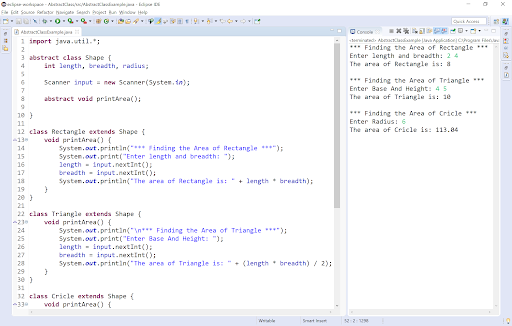
I'll respond in English for this request!
Here is an example of a simple abstract class in Java:
public abstract class Animal {
// Abstract method that must be implemented by subclasses
public abstract void makeSound();
// Concrete method that can be used directly
public void eat() {
System.out.println("Eating...");
}
// Constructor with no parameters (default constructor)
public Animal() {}
// Another method that is not abstract and can be overridden or used as-is
public void sleep() {
System.out.println("Sleeping...");
}
}
In this example, the Animal class is an abstract class, which means it cannot be instantiated directly. Instead, you would create concrete subclasses of Animal, such as Dog, Cat, or Bird.
The key feature of an abstract class is that it can contain abstract methods (like makeSound()), which are declared but not implemented in the abstract class itself. Each concrete subclass must then implement this abstract method to provide its own specific implementation.
In addition to abstract methods, an abstract class can also contain concrete methods and variables, just like any other Java class. These methods can be used directly by instances of subclasses, or they can serve as a starting point for further extension in the subclasses.
To illustrate this concept, let's create two simple concrete subclasses of Animal, one called Dog and another called Bird. Here's what their code might look like:
public class Dog extends Animal {
public void makeSound() {
System.out.println("Woof!");
}
}
public class Bird extends Animal {
public void makeSound() {
System.out.println("Chirp!");
}
}
In this example, both Dog and Bird classes inherit the abstract method makeSound() from their superclass Animal. They must then provide their own implementations of this abstract method.
Here's an example of how you could use these classes to create instances that make sounds:
public class Main {
public static void main(String[] args) {
Dog myDog = new Dog();
Bird myBird = new Bird();
System.out.println("My dog says: ");
myDog.makeSound(); // prints "Woof!"
System.out.println("nMy bird says: ");
myBird.makeSound(); // prints "Chirp!"
}
}
This code demonstrates the polymorphic behavior of abstract classes in Java. You can create instances of different subclasses and use them to invoke the same abstract method, without knowing the specific implementation details.
Abstract classes are a powerful tool for modeling real-world objects and behaviors in Java. By providing a blueprint or template for concrete subclasses, an abstract class allows you to define a common interface or behavior that all its subclasses must follow.

